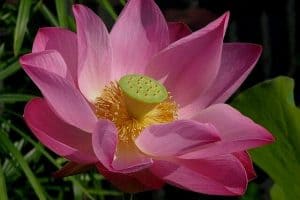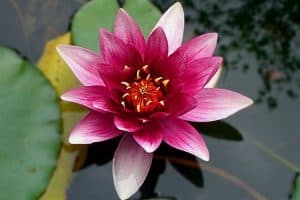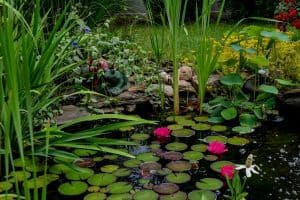Easy to grow edible aquatic plants for your garden pond
Creating an edible water garden at home is a great way to grow some interesting vegetables and salad greens while also adding to the beauty of your pond.
Edible water plants are some of the easiest plants to grow because you don’t have to worry about watering, weeding or mulching.
This post about edible pond plants contains affiliate links. Please read the disclosure for more info.
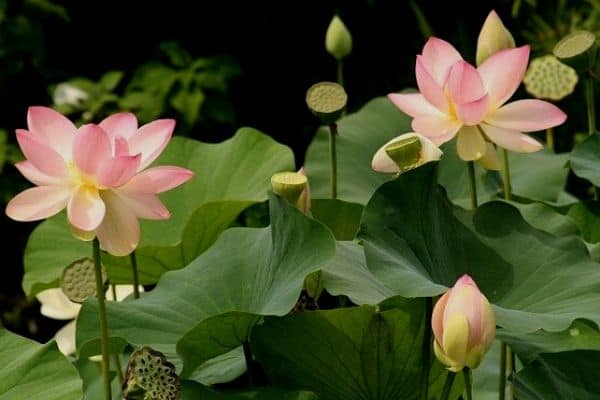
Growing edible aquatic plants without a pond
If you don’t have a backyard pond there are lots of other ways to create an edible water garden.
You can use an old bathtub that has been sealed, a half wine barrel or above ground pond.
6 EDIBLE AQUATIC PLANTS
Important note: Always thoroughly wash and/or cook these plants before eating to avoid bacterial contamination.
1. Lotus (Nelumbo nucifera)
Lotus flowers are one of
the most popular water garden plants.
Their beautiful pink and white flowers are great for adding beauty to a garden pond and the leaves, roots and seeds are all edible.
Lotus flowers grow best in warm climates in a position with full sun and they can be planted in a shallow pot placed underwater.
How to eat Lotus plants:
Lotus root can be sliced thinly and added to soups, stir fries or salads. The leaves can be used to wrap foods and the seeds can be roasted.
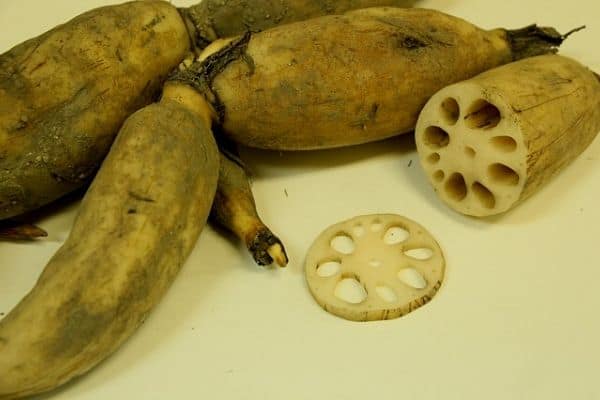
2. Watercress (Nasturtium officinale)
Watercress is a nutritious water plant that can be grown at
the edge of a pond or in a pot submerged in the water.
It’s a perennial plant that grows best in warm weather and it will die down a bit during cold weather.
Watercress can be propagated from cuttings or seed.
How to eat watercress:
Watercress can be added to salads or sandwiches and it has a peppery taste.

3. Water Spinach (Ipomoea aquatica)
Water spinach, also known as kangkong, water morning glory or swamp cabbage, is an aquatic leaf vegetable commonly grown in Asia.
It’s best suited to sub-tropical or tropical areas with high humidity and it can be grown from seeds or cuttings planted at the edge of the pond.
The leaves are ready to harvest in four to six weeks and you can take a few leaves at a time and let the plant regrow or harvest the whole plant.
Water spinach spreads quickly and can become invasive so it’s a good idea to cut it back regularly.
How to eat water spinach:
Water spinach can be thoroughly washed and boiled or added to soups or stir fries. The stalks are fibrous and can be discarded to reduce the cooking time.
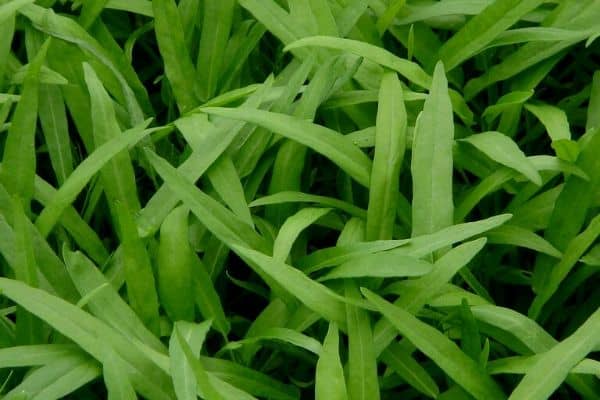
4. Taro (Colocasia esculenta)
Taro is another edible
water plant traditionally grown in swampy areas in Southeast Asia.
It can be grown at the edge of a pond or water feature but the leaves need to be above the water level.
Taro roots can be harvested after six to eight months and the leaves can be picked when they’re young.
How to eat taro:
Taro root can be boiled and mashed or cut finely and fried to make taro chips.
Raw taro leaves are toxic because they contain calcium oxalate which can cause kidney stones. The leaves should be boiled twice before eating. [1]
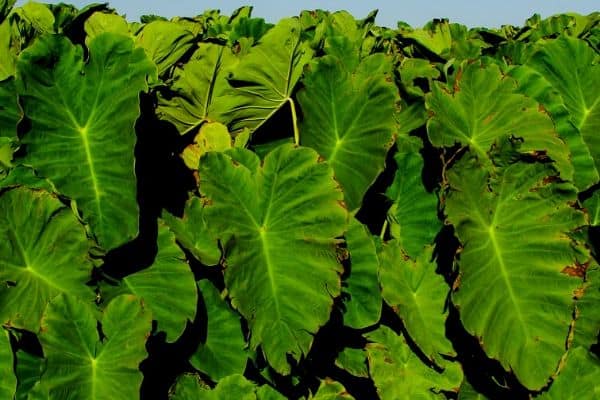
5. Water Chestnut (Eleocharis dulci)
Water Chestnuts grow best in tropical or sub-tropical regions
in swampy areas or at the edge of a pond.
The plants grow up to 3.5 feet (1 metre) tall and the edible part is the corm that grows underground.
The corms are ready to harvest in winter when the leaves turn brown and die down.
How to eat water chestnuts:
Water chestnuts can be peeled and sliced thinly and added to stir fries or soups. They have a crunchy texture and a nutty taste.
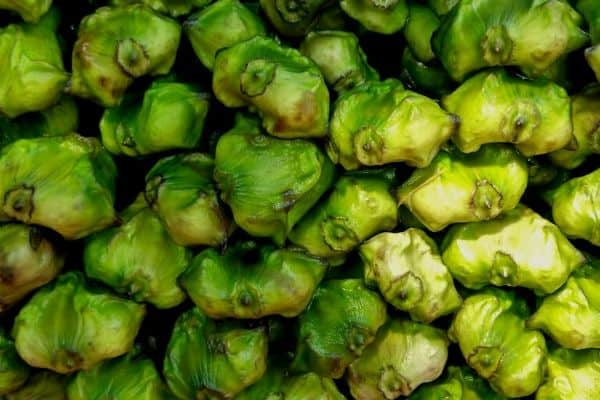
6. Sweet Potato Vine (Ipomoea batatas)
When you think of edible aquatic plants, sweet potato vine is generally not one that comes to mind, but it’s one of the
fastest growing pond plants.
Sweet potato vines grown in water produce an abundance of edible bright green leaves that spread quickly.
They can easily take over a small pond so you may have to cut them back regularly.
Sweet potato vines can be toxic for animals so it’s not a good idea to grow these plants if you have pets in your backyard or fish in your pond.
How to eat sweet potato vine:
Sweet potato vine leaves have a bitter taste but they can be boiled or steamed to reduce some of the bitterness and used in soups or stir fries. [2]
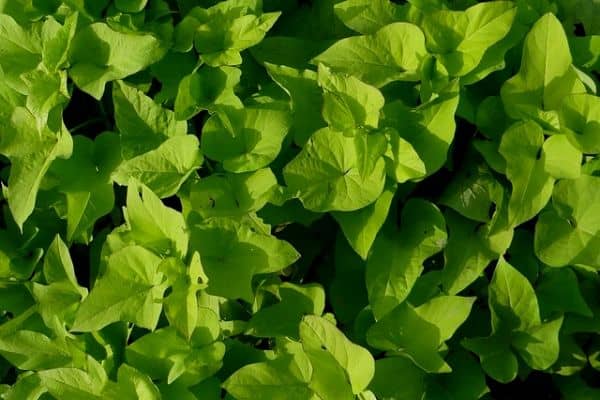
RELATED ARTICLES
- Why are my Pond Plants Dying?
- 10 Best Bog Plants For Ponds
- How To Overwinter Pond Plants
- 10 Flowering Pond Plants
- How To Grow Lotus Flowers
So there is my list of six edible water plants to grow in your garden pond or water feature.
With the right conditions you can harvest these healthy vegetables right from your backyard water garden.
Have you tried growing any of these edible aquatic plants? Let me know in the comments below.
Are you on Pinterest? I have boards dedicated to Water Gardens and Backyard Ponds that you may enjoy.
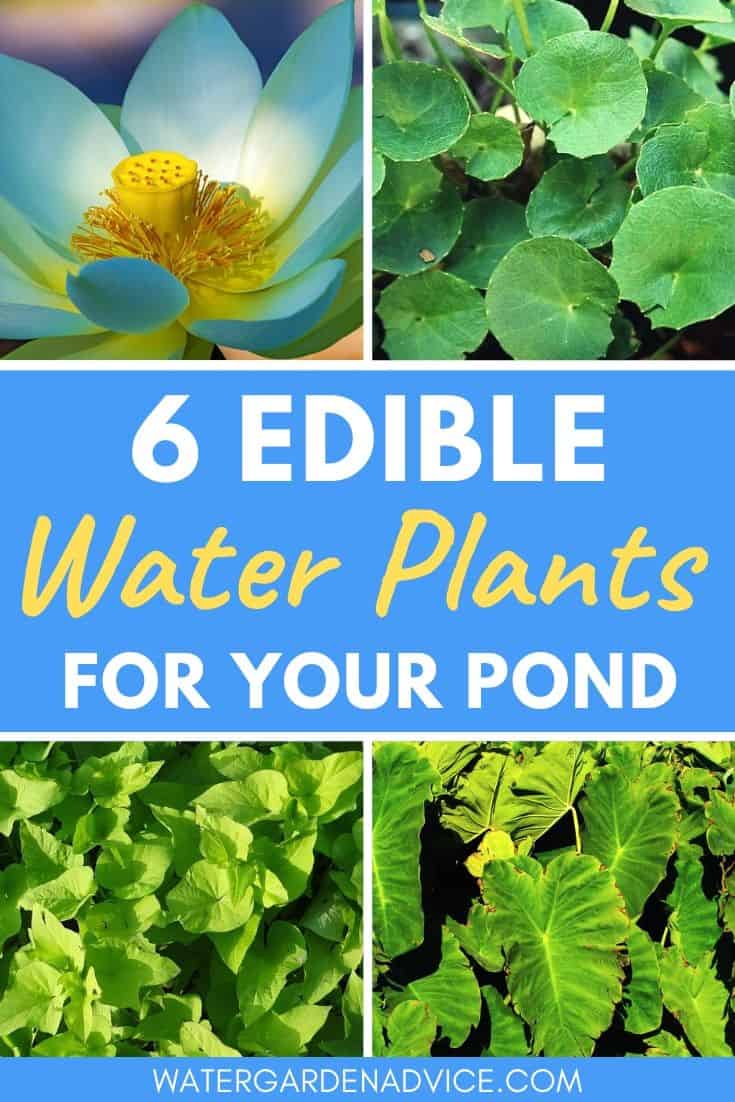
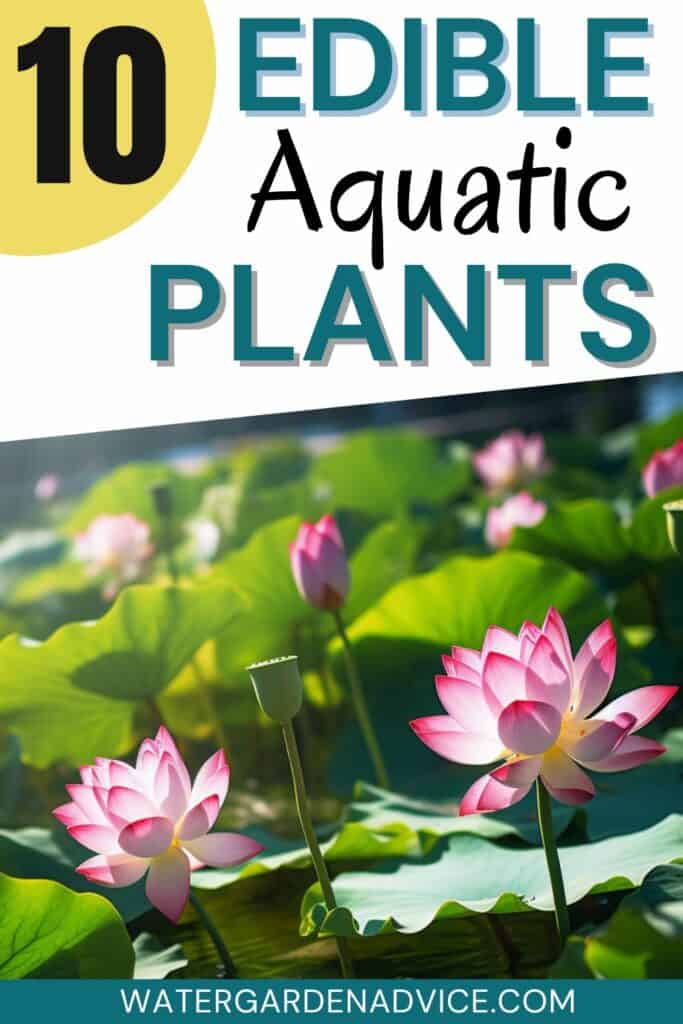
Also, check out the Must-Have Pond Products page where I list the essential pond products to make life as a pond owner much easier!

